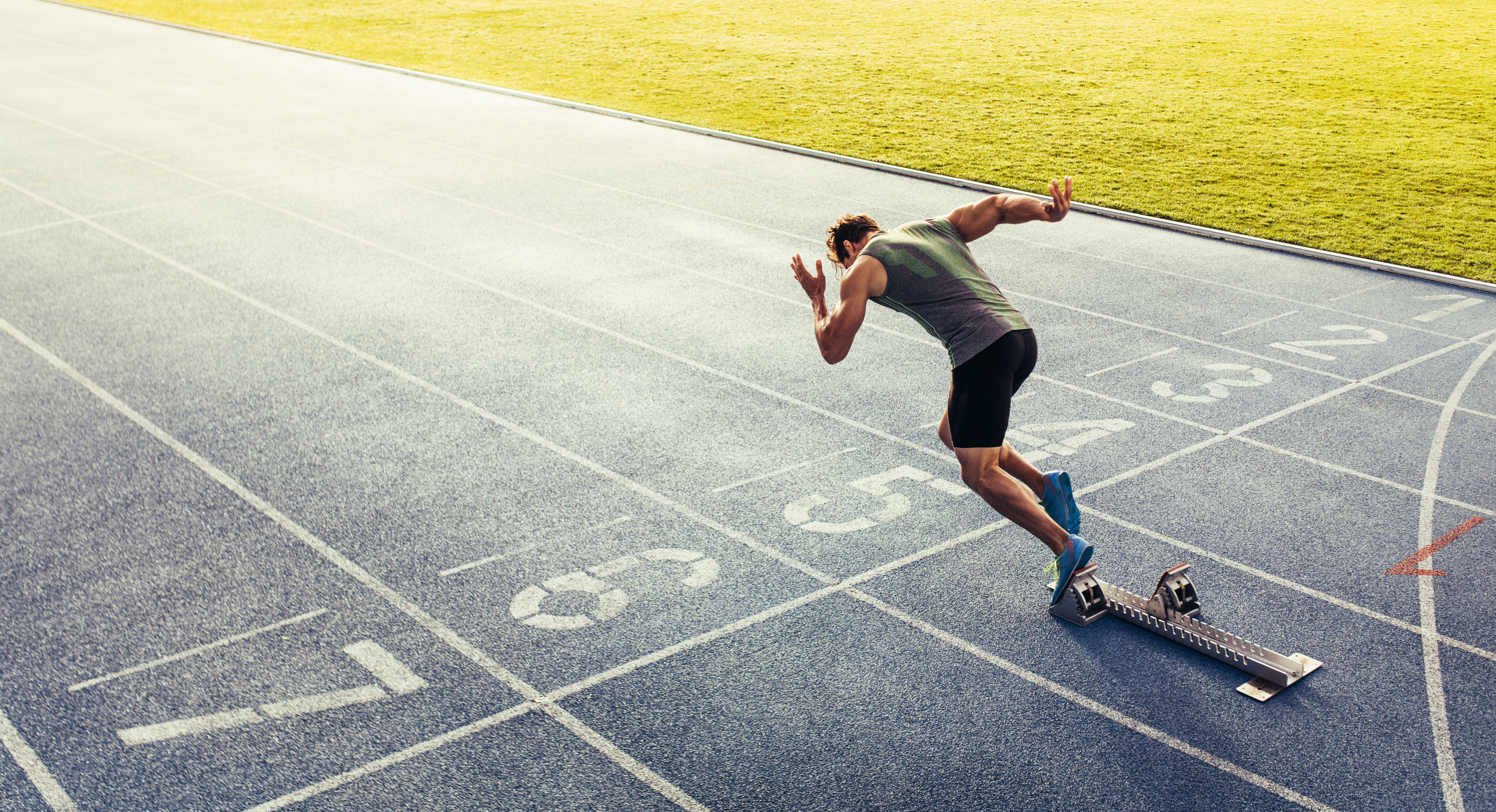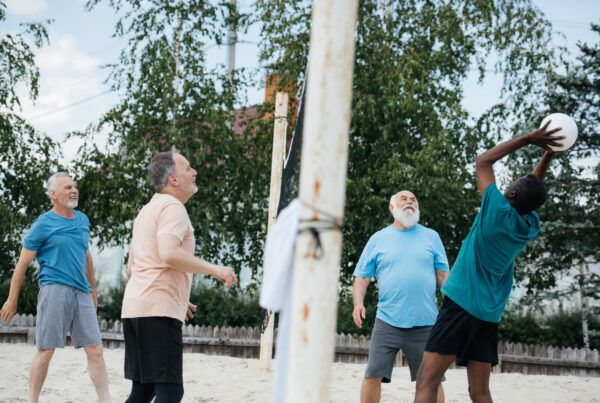”MWi's members have recently asked: what are the best training practices used by the professionals?
Reading time: 8 Minutes
MWi Hacks:
- Understand the 5 S’s of training used by elite level athletes and coaches
- Learn how to question your own goals and what training will deliver the best results
MWi Summary:
- It is important to keep purpose in mind when exercising. Ask yourself, “What is my end goal?”.
- 5 S’s of training that can be applied in many different ways to create a well-rounded program are speed, strength, skill/technique, stamina/work capacity, and suppleness.
A few key points:
- Have to separate wheat from the shaft and ask yourself “Why are you strength training?”
- A lot of people do strength training simply because other people are doing it.
- When writing an exercise/set/rep scheme you always need to ask yourself “What are we trying to get done here? Is it a rehab exercise, pre-hab exercise, is it developing bio-chemistry, is it developing structure, muscle synchronicity. What kind of strength are we developing?”
- Having weight room exercises without a sound design and purpose is kind of ship without a rudder. Have rationale for what you are doing, why you’re doing it, and when you’re doing it.
- Energy Systems: When a human body begins a movement all systems start simultaneously at once. Same thing in bio-motor world. When you change one variable (exercise/sets/reps) in training you have the potential to affect many other variables such as chemistry, structure coordination, and other parameters in the grand training scheme.
5′ S’s of Training:
Coach Pfaff next discussed Frank Dick’s 5 S’s of bi-motor qualities and provided his own interpretation:
1.Speed: Not just linear track speed like most people think. Speed can be: bar speed, speed of projectile, speed of limbs, speed of landmarks on the body as they go through movement, to name a few. Ex.-You can hop hurdles for height, distance, and speed. Know what variable you are training and make sure it’s in alignment with training goals. Be aware, almost all movements and exercises posses a speed variable. Know when, what, and how you are training speed.
2.Strength: All sorts of strength parameters exist. You can train many areas of strength including: absolute strength, isometric strength, elastic strength, relative strength, speed strength, core strength, stabilizer strength, etc. Strength training is much more in-depth than back squat, bench press, and power clean. We love to measure weight lifting strength, but how often to we measure the strength of core stability or ankle dorsi-flexion for example? Well rounded athletes train many areas of strength. More importantly, the elite athlete must possess the specific strengths necessary to compete and excel in the sport or event they participate in. Become familiar with specific strength demands of the sport you train, not just the strength demands of a generic athlete.
3.Skill/Technique: If you can’t monitor and correctly teach an exercise, that exercise is better left alone. Utilize exercises and routines that you can monitor closely and teach correctly. Use senior athletes as assistant coaches if possible. A lot of injuries or confusion to the biological system occur through improper movement patterns, improper loading patterns, or bad decisions made from exercise to exercise and set to set. Sets, reps, and intensities are dialed in after each set after seeing bar speed, movement positions, perceived exertion, body language, etc. At an elite level, a 5% increase on an exercise can wreck the next day of training and can be the leading stimulus for a future injury. From a skill or technique standpoint, form, posture, rhythm, and purpose determine what the load should be. A 5×5 @80% load pattern is nice, but that athlete may need a lead in or multiple warm up sets in order to correctly execute that prescription. 80% effort on Monday may really be 100% by friday or be more than 100% effort if the athlete is fatigued, sick, stressed, or short on sleep. You may need to base training percentages on a state of readiness. What an athlete can lift on Monday is usually much better than what an athlete can lift on Friday due to the accumulation of stress following a full week of training.
4.Stamina/Work Capacity: Work capacity is better term here. Energy system bases are okay and easily measured, but we need to build bases of neural chemistry and hormonal chemistry and we need to develop pathways to transport those chemistry’s and pathways to eliminate the pollution that results from these activities. When developing work capacity, we are developing the body’s ability of being able to explode and do strength type movements over and over in an enduring fashion. We do this all while building a base of substrate and improved pathways for the activity.
5.Suppleness: This includes mobility, flexibility, range of movement, muscle balance, etc. Strength training programs must take this into consideration. It’s easy to over develop certain chains, movements, and muscles in a strength training program. Today’s kids mostly have anterior kyphosis (hunchback) so strength training should be designed to open up and strengthen the upper back in this population. Strengthening the antagonistic chain of common muscle action is very important in injury prevention. The positions and postures seen over the bar with athletes today in Olympic lifting are radically different from what they were 20 years ago. Quite a bit of ancillary teaching is required to get younger athletes into correct positions because of today’s lifestyle of always sitting, slouching, and looking down.
Over Development Problems: We have the tendency to over develop some of the above parameters. Every parameter affects another one in some way. Many coaches over develop absolute or static strength because it is measurable and it is easy to design programs that show improvements in measurable strengths. Athletes often believe if they can squat or bench more they will be better athletes. There are hundreds of football players that can squat and bench a house that are not in the NFL. Strength in itself isn’t the magic bullet. It has to be in balance with other parameters for your event or sport specific activity.
The 5 S’s of Training as Defined by Dan Pfaff
More about the Expert:
Coach Dan Pfaff has tutored 49 Olympians including nine medalists, 51 World Championship competitors (also nine medalists), and five world-record holders. He has directed athletes to 57 national records across a multitude of events.
Dan has served on five Olympic Games coaching staffs in five different countries and nine World Championships staffs for six different countries. He has lectured in 27 countries and is published in over 20 countries.
He is the former Coaching Education Curriculum Chair for both the United States Track and Field Coaches Education Schools and the NACAC Caribbean Basin Project, as well as being the lead instructor for each organization at the Level I, II, and III schools.
During his NCAA coaching career, Dan has coached 29 NCAA individual national champions and 150 All-Americans, and has been a lead staff member on teams that have won 17 NCAA National Team Championships, fifteen women and two men.
Dan joined the World Athletics Center as Education Director and Lead Jumps Coach in March of 2013, after a successful 3 year stint in London with UK Athletics, where he coached Long Jumper Greg Rutherford to Olympic Gold.






